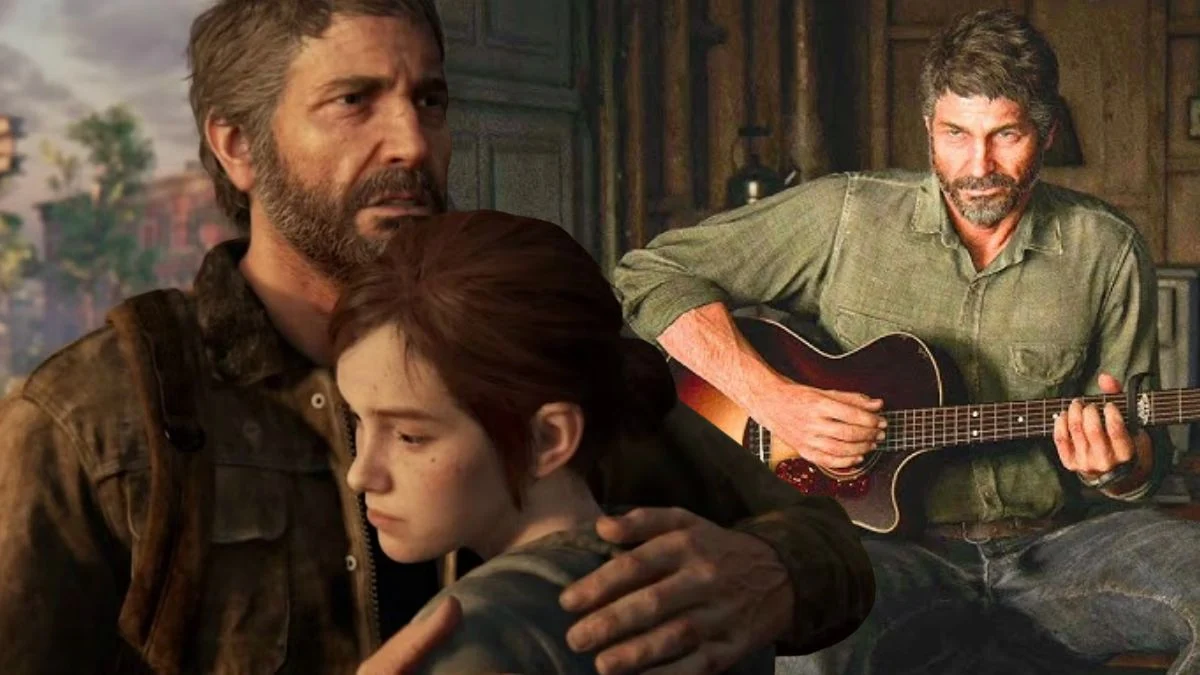
Joel is a memorable character because his past and abilities significantly influence everything players experience in both ‘The Last of Us’ games. His history, the tools he uses, and his connections with others are all woven into the gameplay and the story’s most important moments.
Joel’s approach to survival, whether navigating quarantine zones, small towns, or dangerous roads, is very practical. The game shows how his experiences shape his actions – from cautiously exploring areas to finding creative solutions to problems – and these choices directly impact how the story unfolds, how you explore the world, and how battles play out.
Smuggler Roots That Drive The Story
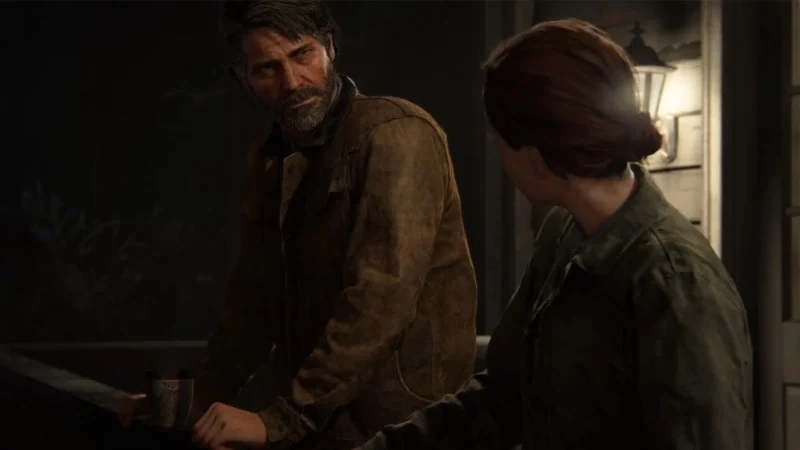
Before setting out on his long journey, Joel worked as a smuggler in Boston, known for successfully bringing illegal items through the heavily guarded Quarantine Zone. He had connections – people like Tess who could arrange things, and others who knew how to avoid FEDRA patrols. This network led to his first job with the Fireflies, a simple delivery that unexpectedly turned into his main mission.
His past involvement in smuggling explains his familiarity with secret routes and trading systems early in the game. It also highlights what’s at risk when different groups fight over supplies, because Joel has connections to the people who guard important locations – like checkpoints, storage areas, and safe havens – that players will encounter.
Stealth That Rewards Patience And Positioning
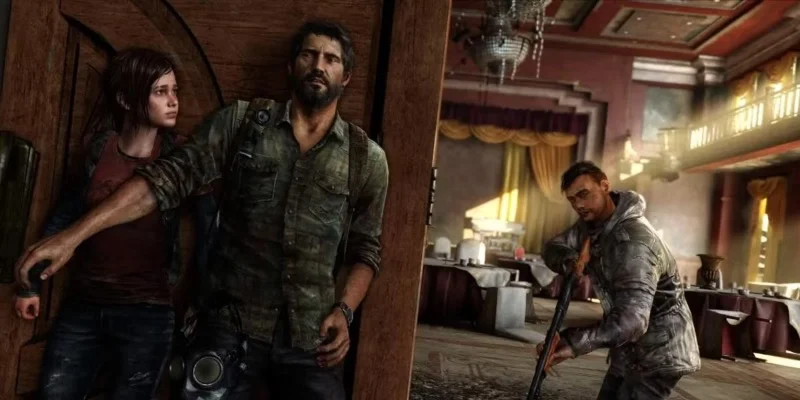
As a fan, I really appreciate how Joel can sneak around in the game. It lets you avoid fights if you want, which is great for saving ammo and supplies. Whether enemies spot you depends on how quietly you move, if they can *see* you, and how far your sound travels. Plus, using cover is key – it lets you silently take out enemies or just sneak right past them, which is super satisfying!
Throwing bottles or bricks can distract guards, and silently taking down enemies from behind avoids attracting attention with gunfire. Sneaking around also affects how enemies react – they’ll go from unaware to suspicious to actively fighting, creating opportunities for players to move to better positions or make a quick escape.
Crafting That Turns Junk Into Tools
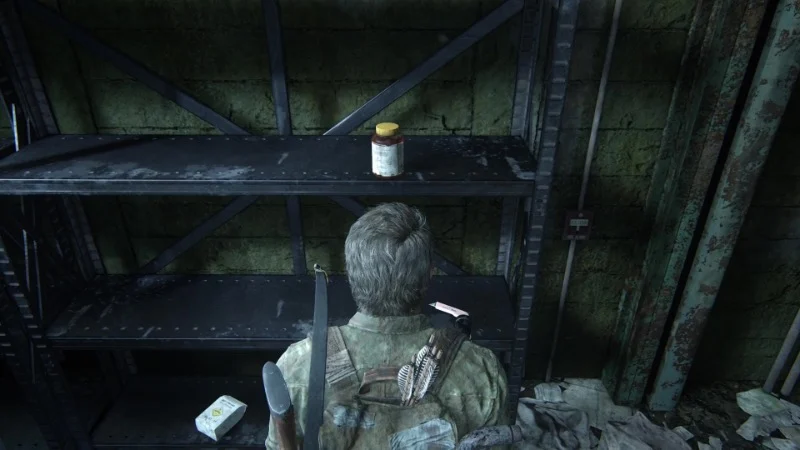
Joel collects materials like cloth, alcohol, blades, and explosives to quickly make tools and supplies in the field. Players can use a crafting menu to create useful items such as health kits, Molotov cocktails, shivs, nail bombs, and smoke bombs. Making these items requires combining different resources, so players have to carefully decide how to use what they find.
Since you create items on the fly, players need to quickly find cover during battles before they can finish crafting. Learning from training manuals enhances your crafting abilities – for example, you can create explosions with a larger area of effect or more powerful healing items – giving you a clear sense of improvement as you play through the game.
Listening Mode For Situational Awareness
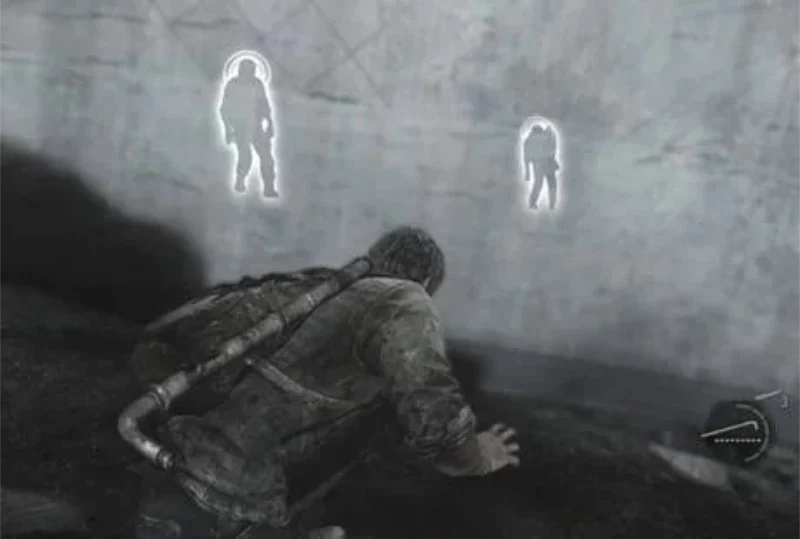
Listening Mode helps you spot nearby dangers by turning sounds into visual outlines, even through walls. It focuses on sounds like footsteps, enemy chatter, and things in the environment, such as bottles breaking, to give you crucial information.
The game lets players increase how far they can see with helpful items, and how useful this ability is changes depending on the difficulty level. On harder difficulties, the range is limited or turned off completely, forcing players to carefully check corners and manually plan routes, but still maintaining the feeling that Joel is experienced and cautious.
Marksmanship And Melee That Feel Weighty
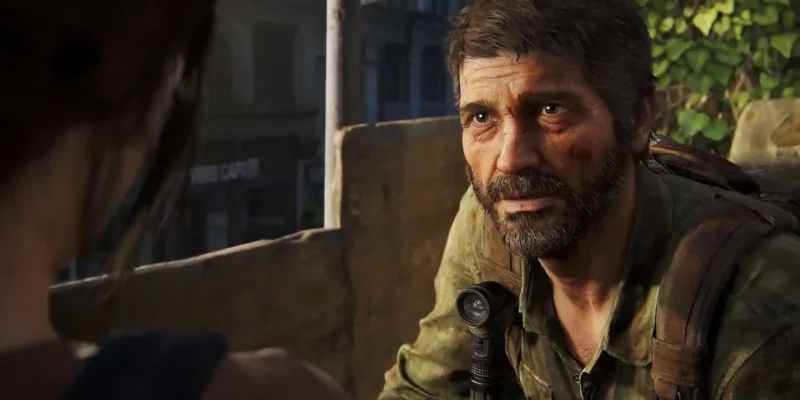
Joel has a variety of weapons at his disposal, including revolvers, pistols, rifles, a shotgun, and a bow. Later in the game, he gains access to weapons like a flamethrower. Each weapon feels different – they have varying effective ranges, kick back when fired, and use different amounts of ammunition. This encourages players to switch weapons depending on how far away enemies are and what kind of protection they have.
Melee combat in the game uses a variety of makeshift weapons like bricks, pipes, and machetes. These weapons wear down and break with repeated use. Players can improve their weapons at a workbench, adding features like scopes and increased ammo capacity. Finally, powerful hand-to-hand finishing moves can be performed on enemies who have been stunned by gunfire or thrown objects.
Workbenches And Supplements That Shape Playstyle
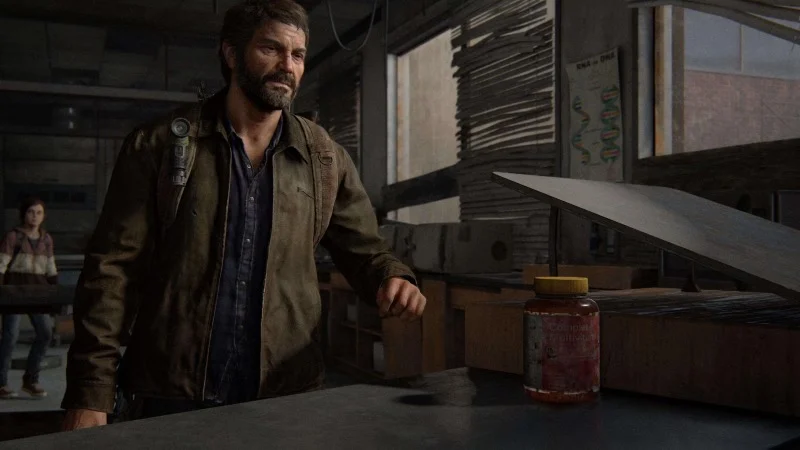
Throughout the game, Joel can find workbench stations where he uses collected parts to improve his weapons—things like stability, how quickly they reload, fire rate, and magazine size. Finding better tools unlocks even more powerful upgrades, encouraging players to explore hidden areas and unlock new paths.
Supplements directly benefit Joel by boosting his health, how quickly he crafts and heals, and reducing weapon sway. Players can combine different parts and supplements to tailor Joel’s abilities for stealth, toughness, or medium-range combat, while also adjusting to the resources they find in each location.
Relationship With Ellie That Changes Combat And Exploration
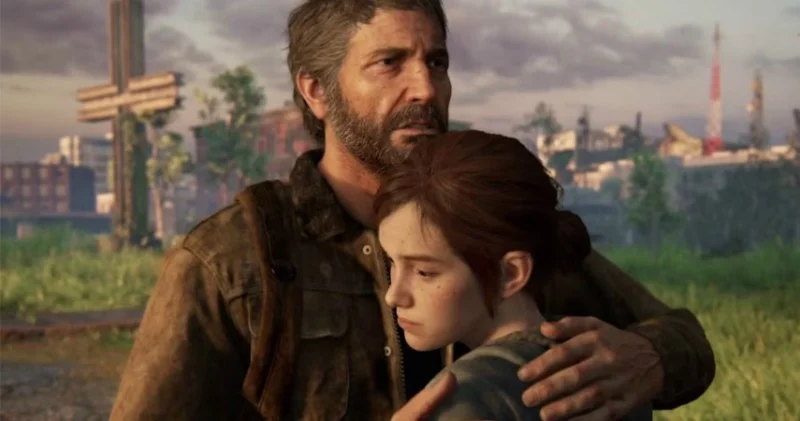
Joel and Ellie’s teamwork changes how you experience fights. Ellie will help by pointing out enemies coming from the sides, throwing objects to distract them, and even jumping on weakened enemies. This can create openings for attacks or help you avoid being grabbed.
Working together is key to exploring the world. Helping each other boost up to higher areas, having Ellie crawl through tight spaces to open doors, and paying attention to conversations will reveal clues and guide you on your journey.
Environmental Problem Solving In Set Pieces
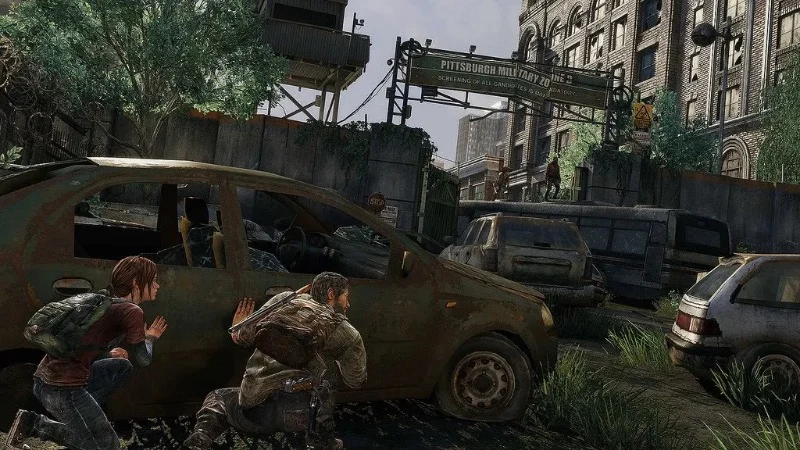
Joel moves through areas designed around danger, impacting how the story unfolds. Examples include Bill’s town, filled with tripwire bombs and narrow passages overrun by clickers, or the ambush in Pittsburgh, where snipers and blocked streets force players to carefully plan their route. These locations challenge players to find and disarm traps, gather resources, and use their surroundings to their benefit.
Exploring the basement and using the generator create challenges due to poor visibility and the need to stay quiet. Activating the power draws unwanted attention, but it’s necessary to move forward. Players must carefully consider when and where to use the generator, plan their routes, and find escape routes, all while avoiding enemies that are attracted to light and sound.
Decisions In The Hospital That Reframe The Journey
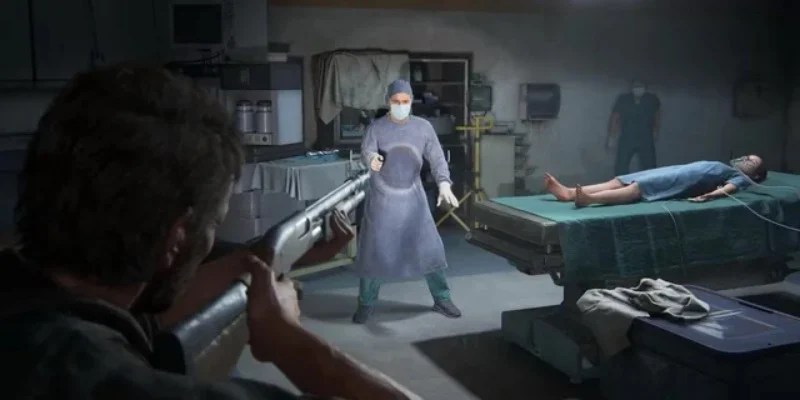
As Joel nears his goal in the hospital, he finds himself caught between the Fireflies and what’s going to happen to Ellie. The hospital is a maze of locked doors, operating rooms, and tight security, forcing players to carefully choose their path, how quickly they move, and whether to fight or sneak through a building determined to keep them out.
The lie told to Ellie becomes a central element in the character development of ‘The Last of Us Part II’. This decision shapes relationships, clarifies the source of conflicts revealed in flashbacks, and influences how other characters understand Joel’s behavior throughout both games.
Music, Memory, And The Guitar Throughline

In ‘The Last of Us Part II’, Joel’s musical connection comes to life through guitar playing. Players can freely experiment with chords and strumming during interludes, while the game also uses songs to highlight shifts in relationships and the passage of time.
These moments connect back to promises made and happier times, illustrating Joel’s attempts to maintain a sense of normal life. The guitar appears in secure locations and during memories, and its use in gameplay reinforces ideas about teaching, remembering the past, and trying to keep hold of life before the world changed.
Share your favorite Joel moments from the games in the comments so everyone can compare notes.
Read More
- Fed’s Rate Stasis and Crypto’s Unseen Dance
- Blake Lively-Justin Baldoni’s Deposition Postponed to THIS Date Amid Ongoing Legal Battle, Here’s Why
- Silver Rate Forecast
- Ridley Scott Reveals He Turned Down $20 Million to Direct TERMINATOR 3
- Красный Октябрь акции прогноз. Цена KROT
- Northside Capital’s Great EOG Fire Sale: $6.1M Goes Poof!
- Bitcoin’s Ballet: Will the Bull Pirouette or Stumble? 💃🐂
- ETH to the Moon? 🚀 Or Just a Bubble?
- Top 10 Coolest Things About Indiana Jones
- The VIX Drop: A Contrarian’s Guide to Market Myths
2025-10-07 19:45